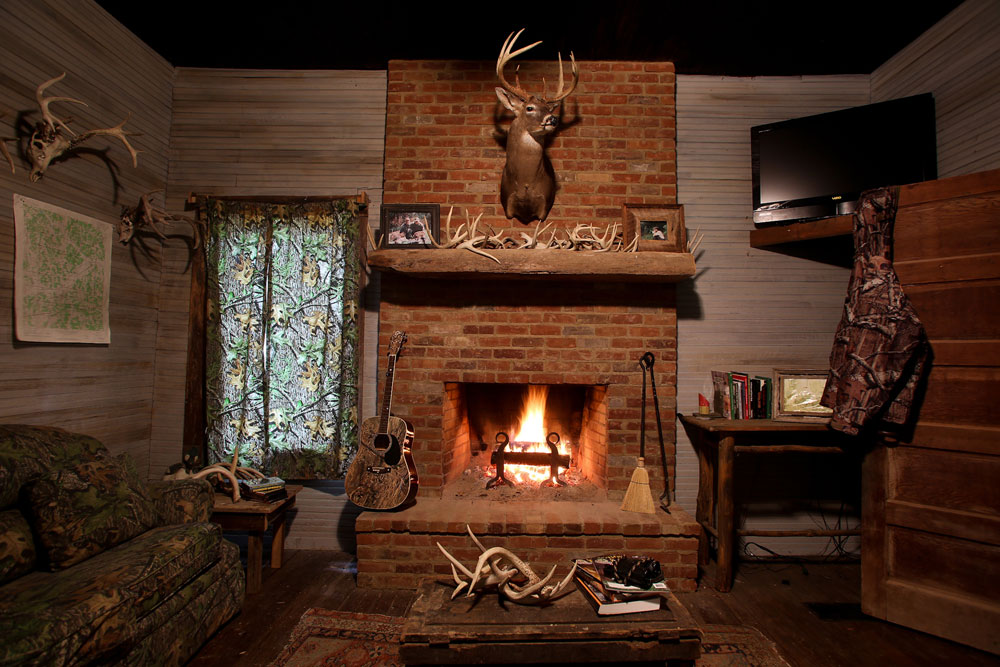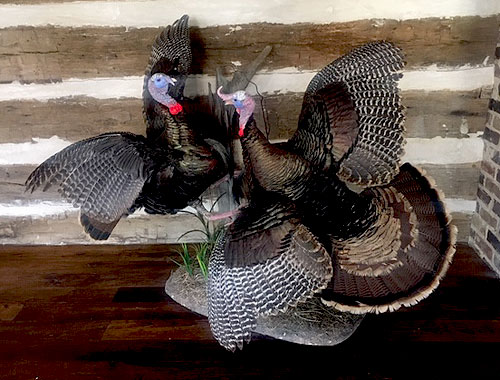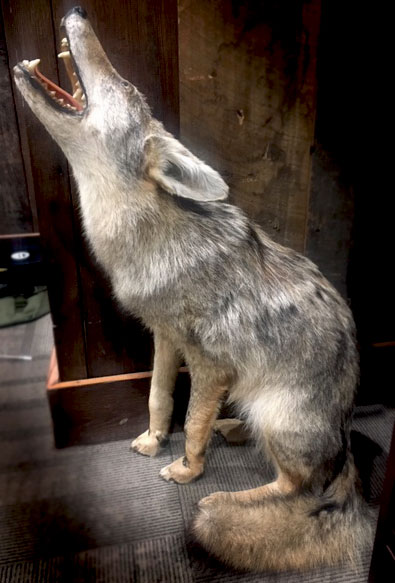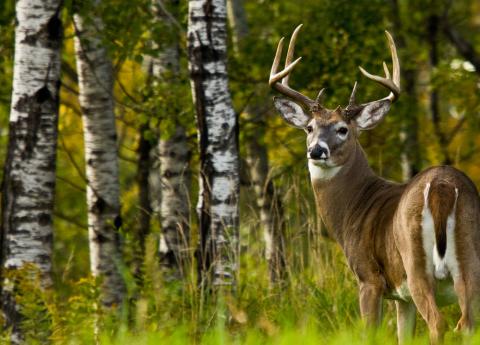
It took skill, practice, and a whole lot of patience to scout and harvest your kill. Whether you shot a 10-point buck or caught a 10-pound bass, you now have a trophy to hang and treasure for the rest of your life—as long as it’s cared for properly. If you want your trophy to last without fading, discoloration, and rips and tears—before and after mounting—then it’s important that you care for your specimen the right way.
But, before we get into the dos and don’ts of caring for your trophy mounts, let’s take a look at what exactly taxidermy is and the most common methods for mounting your animals.
What Is Taxidermy?
 If you’re not already familiar with taxidermy, simply put, it is the art of preparing and preserving an animal’s body—via mounting or stuffing—for the purpose of study or display. It is most often practiced on mammals, birds, and fish, but it can also be used to preserve reptiles, insects, and arachnids. There are various ways to use taxidermy. For example, museums sometimes use taxidermy to study and record species; hunters and fishermen use it to preserve and display their trophy kills. Taxidermy is also sometimes used in artwork and to memorialize pets.
If you’re not already familiar with taxidermy, simply put, it is the art of preparing and preserving an animal’s body—via mounting or stuffing—for the purpose of study or display. It is most often practiced on mammals, birds, and fish, but it can also be used to preserve reptiles, insects, and arachnids. There are various ways to use taxidermy. For example, museums sometimes use taxidermy to study and record species; hunters and fishermen use it to preserve and display their trophy kills. Taxidermy is also sometimes used in artwork and to memorialize pets.
The three basic methods of taxidermy that are used include: conventional skin mounts, reproductions, and freeze-drying. Conventional skin mounts use the skin of the animal over a mannequin, while reproductions use materials like fiberglass and plastic to simply reproduce the look of the animal (you often see this with fish mounts). When using the freeze-drying method, taxidermists freeze-dry all or part of the animal to maintain its realism.
European mounts—also called “skull mounts”—are another common method of taxidermy. This type of mount is viewed as the simplest and most cost-effective alternative to deer mounts and usually, it features only the skull and antlers. European mounts can be easily accomplished at home using supplies that can be found in most grocery or hardware stores.
Now that we’ve covered what taxidermy is and how it’s done, it’s time to talk about the dos and don’ts of caring for your trophy mounts. Here are some tips to follow before and after the taxidermy process.
Caring for Your Mounts
The Dos
When it comes to mounting an animal that you’ve killed in a hunt, it’s important that you provide your taxidermist with the best specimen possible to work with. Be extremely careful when handling the animal, making sure not to damage the hair or the feathers, and clean off any excess blood before you take it to the taxidermist (preferably before it dries).
 If you already know how to skin an animal, then you can do so after the kill; otherwise, your taxidermist will be able to do it for you. Have your local taxidermist’s phone number on-hand and contact them as soon as you can. If possible, get your specimen to the taxidermist immediately, as this will make it easier for them to skin the animal’s carcass. However, your animal can be frozen if you can’t get to the taxidermist as soon as you would like.
If you already know how to skin an animal, then you can do so after the kill; otherwise, your taxidermist will be able to do it for you. Have your local taxidermist’s phone number on-hand and contact them as soon as you can. If possible, get your specimen to the taxidermist immediately, as this will make it easier for them to skin the animal’s carcass. However, your animal can be frozen if you can’t get to the taxidermist as soon as you would like.
Keep the animal as clean and dry as possible before and during transport and make sure you know what style of mount you would prefer so that the taxidermist has an idea of what you’d like to see in the final result.
Once your animal mount is complete, you can proudly display it in your home (and make sure to keep it well out of reach of children and pets). When cared for properly, taxidermy will retain its lifelike appearance for years. Your new mount should be kept in a dry area with little or no humidity, preferably in a room with a regulated temperature. To keep it looking new and sharp, regular dusting is a must.
The Don’ts
Never cut the animal’s throat. It’s not necessary to “bleed” your kill, especially since a dead animal will not bleed out of the opening anyway. You should not cut through the skin to remove the windpipe either.
Some animals, such as mature whitetail deer, can be very heavy. If at all possible, try to avoid dragging the animal across the ground, as this will remove the hair. When caping and skinning a deer yourself, be sure not to cut the skin too short. Try to cut it well behind the front legs or just leave the entire skin attached to the cape.
Unless you plan on freezing your animal, you should never place the skin or any other part of it in a plastic bag. You should also try to avoid rolling up the hide. Instead, hang it up so that air can pass around on all sides to carry away the heat.
When it comes to harvesting fish, it’s important that you are especially careful. Do not, under any circumstances, gut the fish, and try not to handle it more than you need to, as you could risk loosening the scales and causing damage to the fins. As we mentioned before, you want to make sure that you give your taxidermist the best, most intact specimen to work with. If you’ve killed a turkey, bobwhite quail, or waterfowl, don’t allow the feathers to be plucked or broken.
It’s important to keep your finished mount clean and dust-free to maintain its look. When cleaning your mounted animal, avoid rubbing the hair or feathers in a backward motion, as this can cause them to break. When it comes to displaying your mount, it’s best to store it in a temperature-controlled space—preferably in a room inside your home. Avoid extremely hot or extremely cold spaces, which can lead to premature aging of your mount.
Mounting an animal that you’ve harvested is more than just an investment—it’s a trophy and a reminder of an exciting and rewarding day out in the woods. Care for the animal immediately after the kill and, once you have it on display, it will allow you to share the memory of your hunt for decades.



























